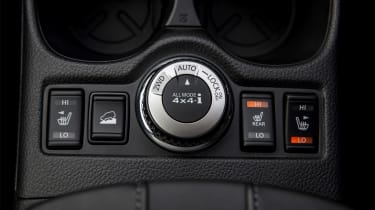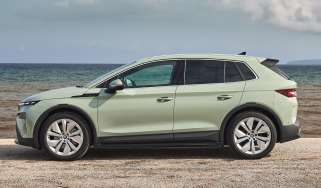Nissan X-Trail (2013-2022) review - MPG, CO2 and running costs
More efficient petrol and diesel engines improve economy and emissions, but performance suffers.

Downsizing from the old model’s 2.0-litre to the 1.7 dCi diesel pays dividends at the pumps for the X-Trail, which can return a claimed best of 47.7mpg in its most efficient two-wheel-drive manual form. That only drops a little to 45.1mpg for the all-wheel drive model. These figures are on the WLTP test cycle, so should better represent real-world economy.
CO2 emissions start at 155g/km for the entry-level diesel, but soon climb to a high of 205g/km if you opt for the all-wheel drive auto version.
The 1.3 DiG-T petrol engine is not quite as frugal, delivering a maximum fuel economy of 38.5mpg, on the combined cycle. CO2 emissions start from 166g/km, depending on trim level, which is reasonable, but not exceptional, particularly when compared to rivals using hybrid technology.
Insurance groups
Relatively low power output and performance, plus a broad spread of safety equipment means the X-Trail is competitive on insurance. In fact, the X-Trail has dropped around 10 insurance groups compared to the old model, which all adds up to cheaper running costs.
All models fall into groups ranging from 17 to 21, depending on spec – that’s not much higher than the smaller Qashqai which covers bands 14 to 17. By comparison, the more powerful Honda CR-V starts at band 24.
Depreciation
Data suggests the X-Trail should retain around 38-39% of its original list after three years and 36,000 miles.
Which Is Best
Most Economical
- Name1.5 E-Power 204 Acenta Premium 5dr Xtronic
- Gearbox typeSemi-auto
- RRP£37,540









